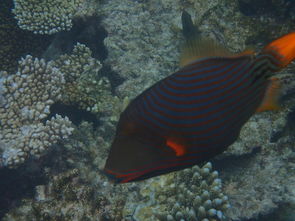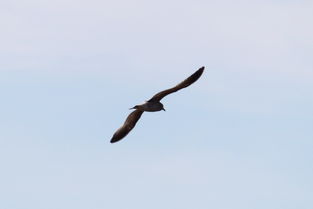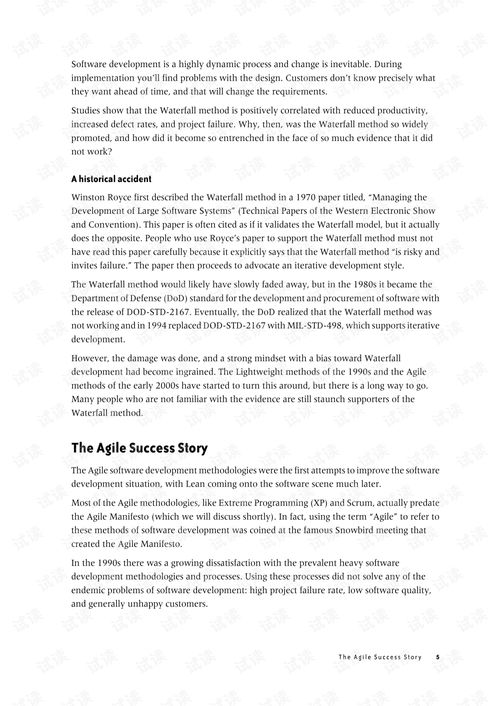Fishing Under Flood Conditions: Essential Techniques to Master the Art
In the face of a flood, the serene act of fishing can transform into a challenging endeavor. However, with the right techniques and mindset, anglers can still enjoy the tranquility of the water even as it swells around them. This article delves into the essential techniques for fishing under flood conditions, ensuring that you can hook a big one even when the waters are rising.
Understanding the Flood Environment
Before diving into the fishing techniques, it's crucial to understand the unique environment created by a flood. Floodwaters can change the landscape of a river or lake, altering the distribution of fish and the structure of the habitat. Here are some key points to consider:
Water Flow: Floodwaters often bring stronger currents, which can make it difficult for fish to hold in one spot. Understanding the flow of the water is essential for finding fish.
Shallow Waters: As floodwaters rise, they tend to cover areas that are normally deeper, pushing fish into shallower waters. This means that traditional deep-water techniques may not be as effective.
Food Sources: The availability of food can change dramatically during a flood. Fish may congregate around areas where food sources are abundant, such as flooded vegetation or debris.
Safety First: Always prioritize safety when fishing in flood conditions. Be aware of your surroundings, and never venture into dangerous waters.
Choosing the Right Gear

The gear you use can make a significant difference in your success when fishing under flood conditions. Here are some recommendations:
Rod and Reel: A medium-heavy action rod with a strong backbone is ideal for handling the increased pressure of fighting fish in floodwaters. A reliable reel with a good drag system is also essential.
Line: Use a line that can withstand the increased pressure of strong currents. Monofilament lines are a popular choice, but braided lines offer more strength and sensitivity.
Lures and Baits: In flood conditions, fish may be more elusive, so it's best to use lures or baits that mimic natural prey. Soft plastics, spinnerbaits, and jigs are all good options.
Tackle: Ensure that your hooks, sinkers, and swivels are in good condition. The increased pressure of floodwaters can cause tackle to fail more easily.
Fishing Techniques
Now that you have the right gear, it's time to apply some specific fishing techniques:
Locate Fish: In flood conditions, fish may be scattered. Look for areas where the water is slower, such as behind rocks, logs, or other natural or man-made structures. These areas can provide fish with shelter and food.
Adjust Your Presentation: Since fish may be more skittish in flood conditions, it's important to adjust your presentation. Use slower retrieves and lighter tackles to avoid startling fish.
Target Specific Species: Different species may behave differently during a flood. For example, catfish may be more active in flood conditions, while panfish may be more elusive. Research the species you're targeting and adjust your tactics accordingly.
Stay Mobile: Be prepared to move quickly. If you find a good spot, fish it thoroughly, but don't hesitate to move on if the bite slows down.
Use Live Bait: Live bait can be more effective in flood conditions, as it can withstand the increased pressure of currents and mimic natural prey more realistically.
Safety Nets: Use safety nets to land fish quickly and efficiently. This can help prevent the fish from becoming exhausted or stressed.
Conclusion
Fishing under flood conditions can be a challenging but rewarding experience. By understanding the unique environment, choosing the right gear, and applying specific techniques, you can increase your chances of success. Remember to always prioritize safety and be prepared to adapt to changing conditions. With the right approach, you can still enjoy the thrill of the catch, even when the waters are rising.












